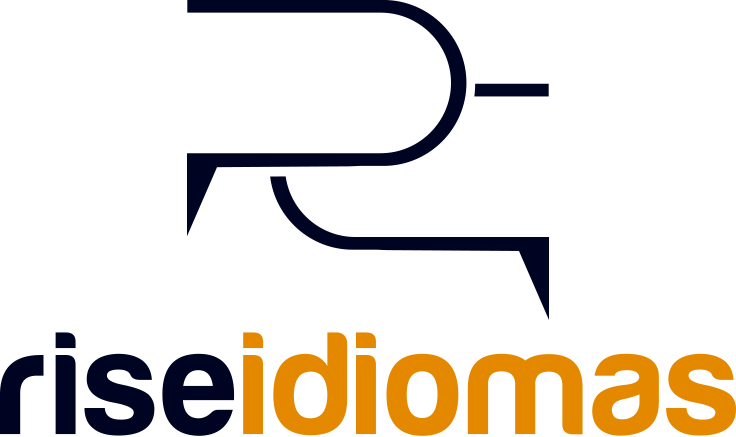
Introdução
“Look” and “see” are two common verbs in English that are often used to describe the act of perceiving or observing something. However, they have distinct meanings and are used in different contexts. In this blog post, we will explore the differences between “look” and “see” to help you use these words correctly in your everyday communication.
- “Look” – To Direct Your Gaze Intentionally
“Look” is a verb that is used when you intentionally direct your gaze towards something. It implies a purposeful action of using your eyes to focus on an object or a specific direction. Here are a few key points to remember:
“Look” requires intention. You look at something because you want to see it.
It often involves an effort to pay attention or examine closely.
Examples:
“She looked at the beautiful sunset.”
“I looked in the mirror before leaving the house.”
- “See” – To Perceive with Your Eyes
“See” is a verb that describes the act of perceiving or recognizing something with your eyes, whether intentionally or not. It doesn’t necessarily require a deliberate effort to look at something; it’s about the ability to register what is in your field of vision.
“See” focuses on the result of perceiving, not the action of looking.
It often implies that something came into your field of vision, and you became aware of it.
Examples:
“I see a bird in the tree outside my window.”
“Can you see the stars in the night sky?”
- A Practical Example to Clarify the Difference
To illustrate the difference, imagine you are in a park, and there is a beautiful fountain. If you intentionally turn your head to admire the fountain, you can say, “I look at the fountain” because you are directing your gaze purposefully. However, if you happen to notice the fountain while walking through the park without specifically intending to look at it, you would say, “I see the fountain,” as you perceived it without a deliberate act of looking.
Conclusion
Understanding the difference between “look” and “see” is essential for effective communication in English. “Look” involves intentional and purposeful gaze, while “see” is about perceiving or recognizing something without necessarily intending to do so. By using these words correctly, you can convey your observations and actions more accurately in various contexts.



